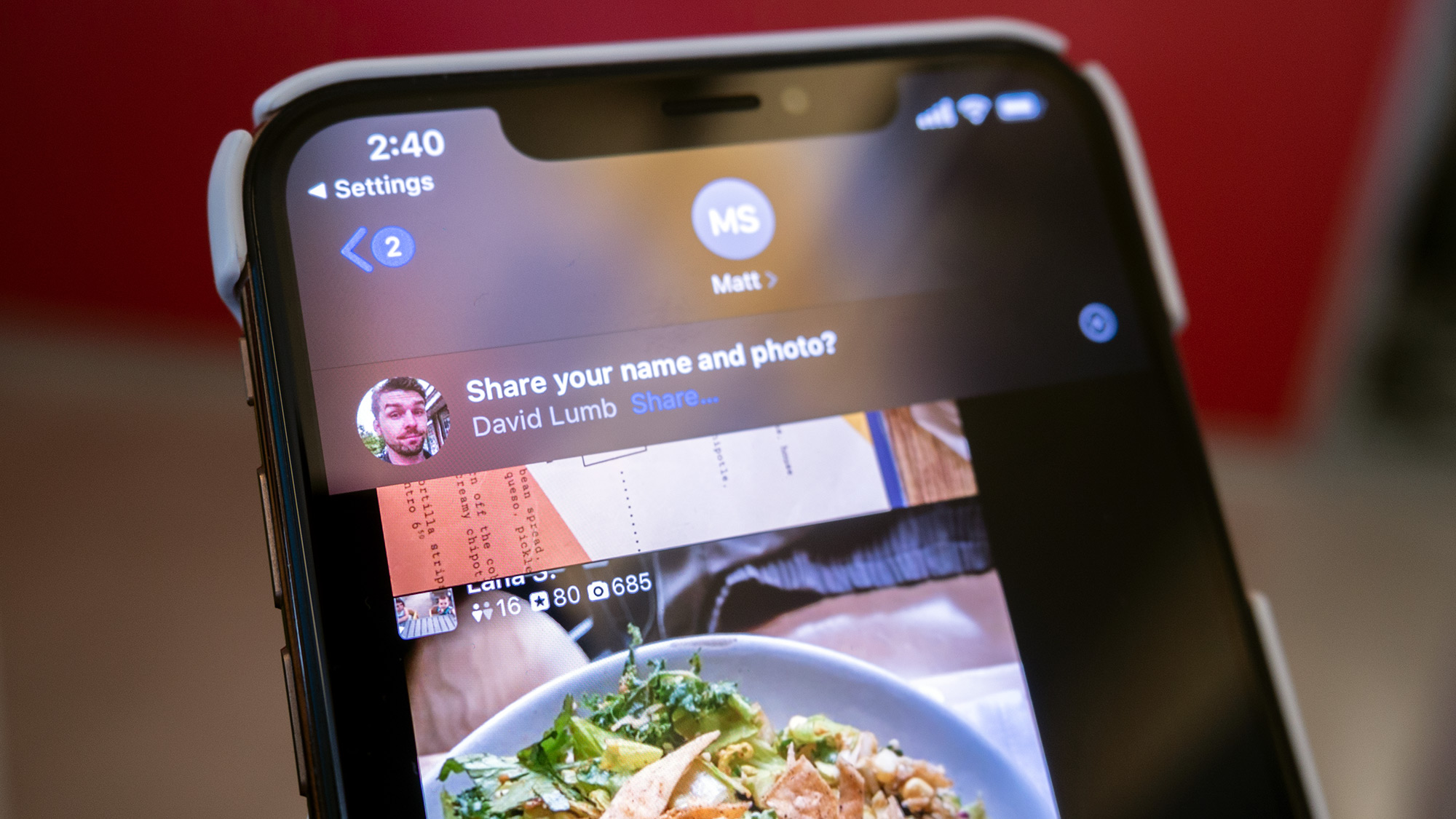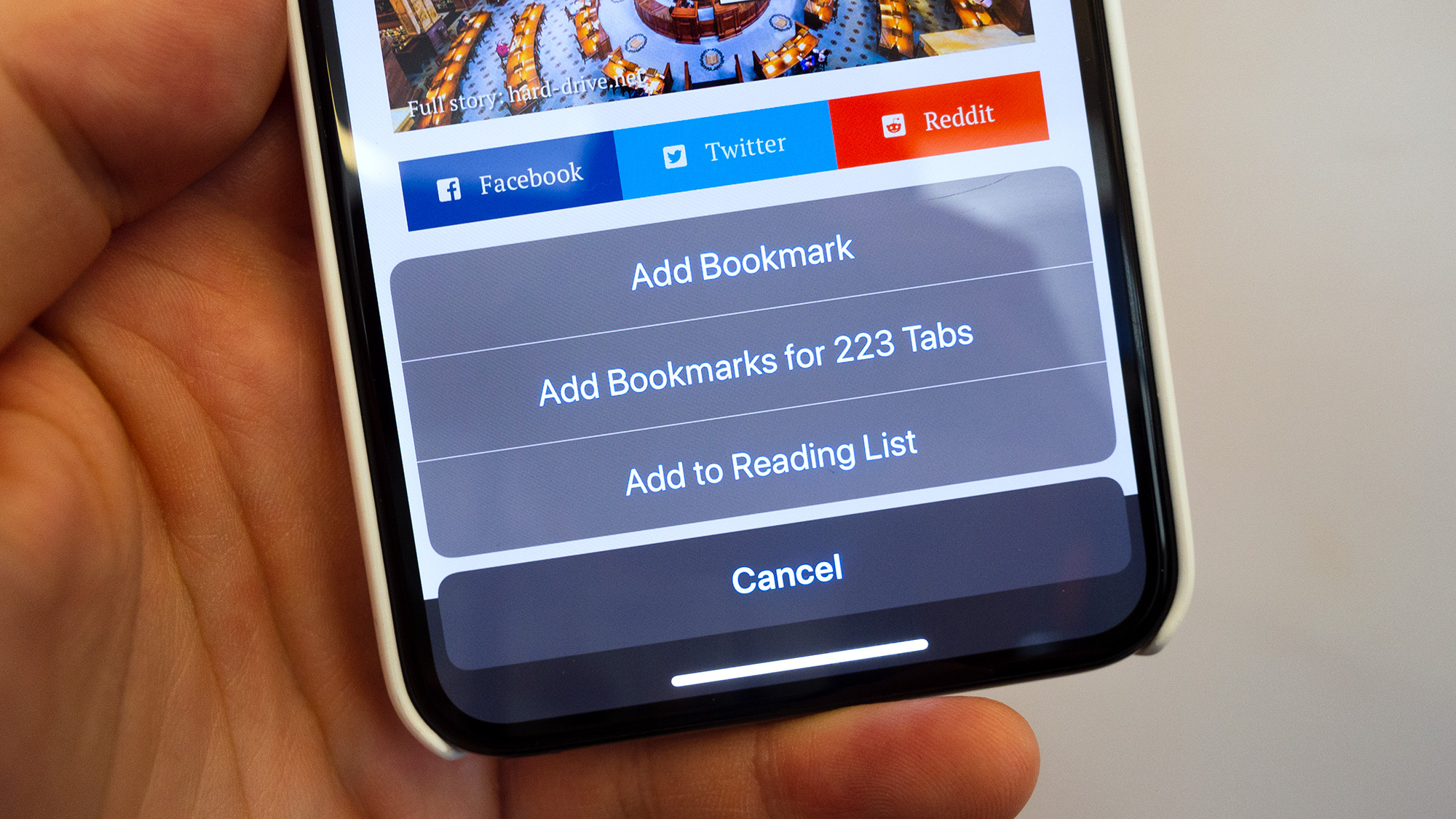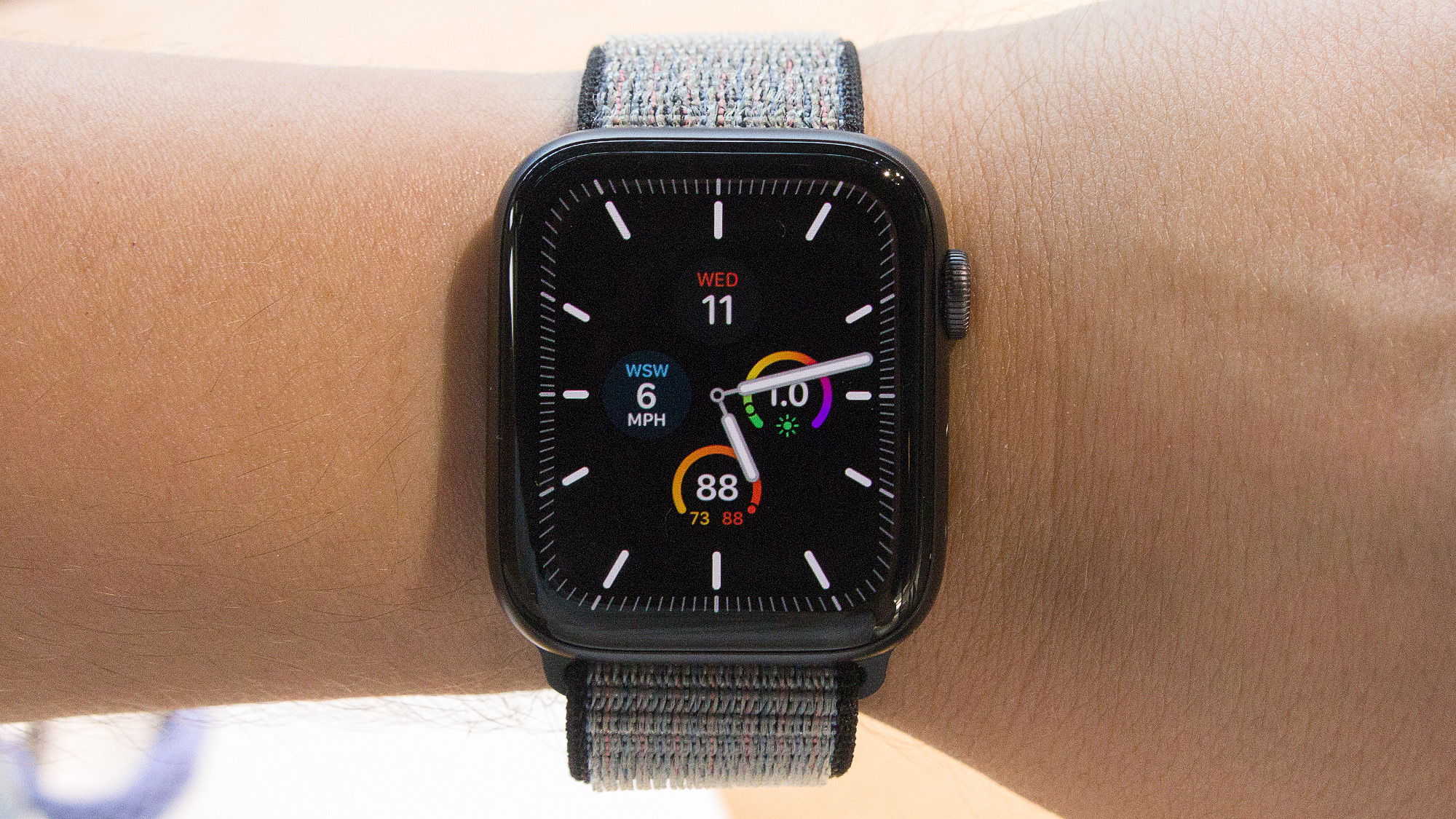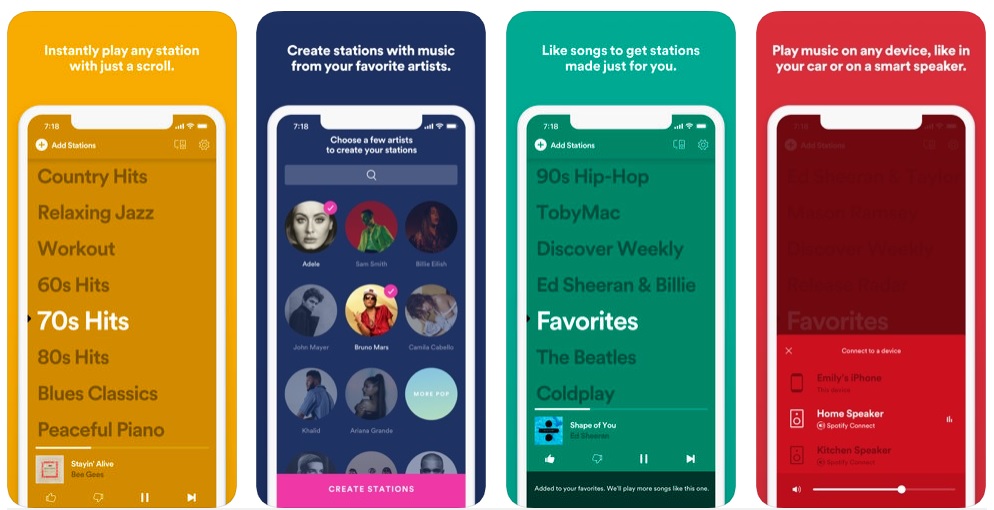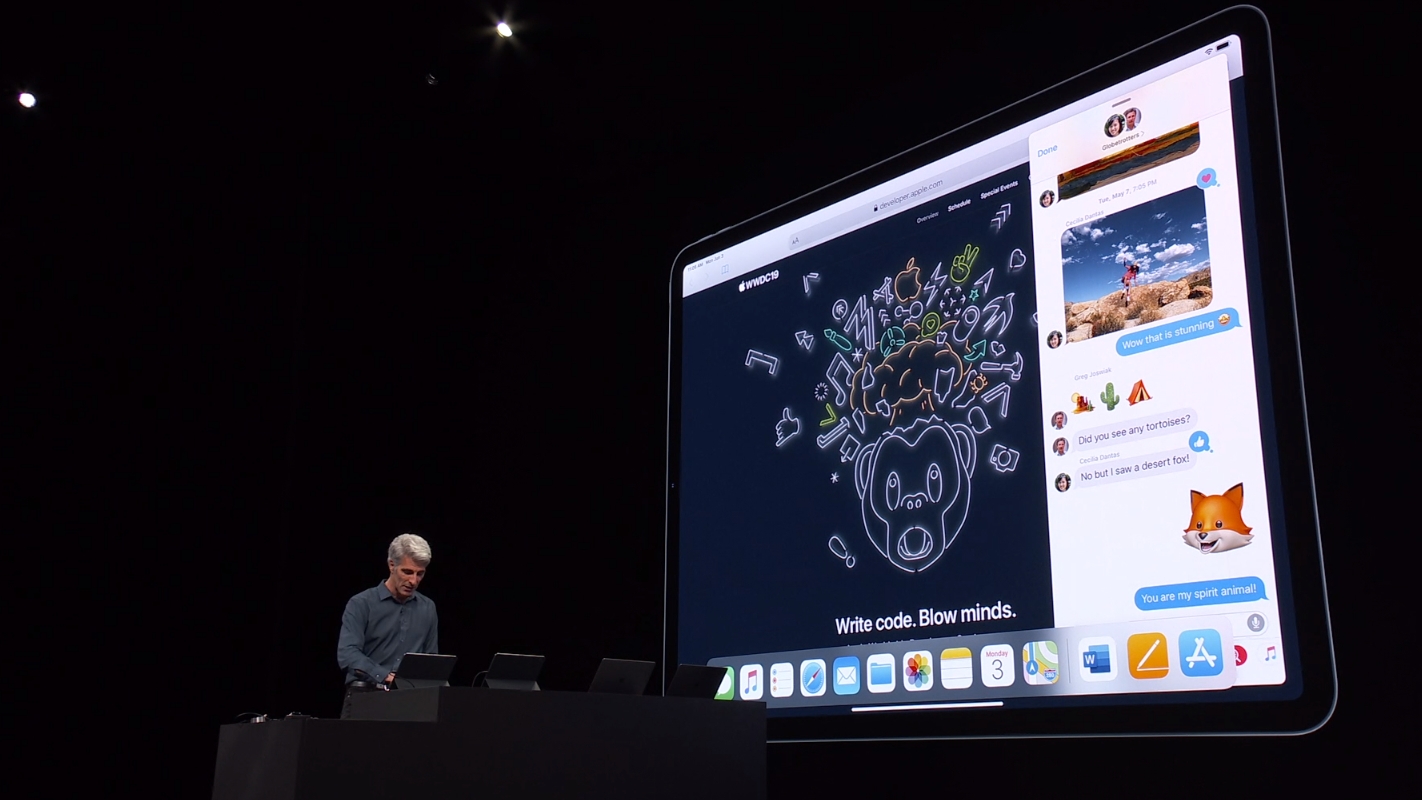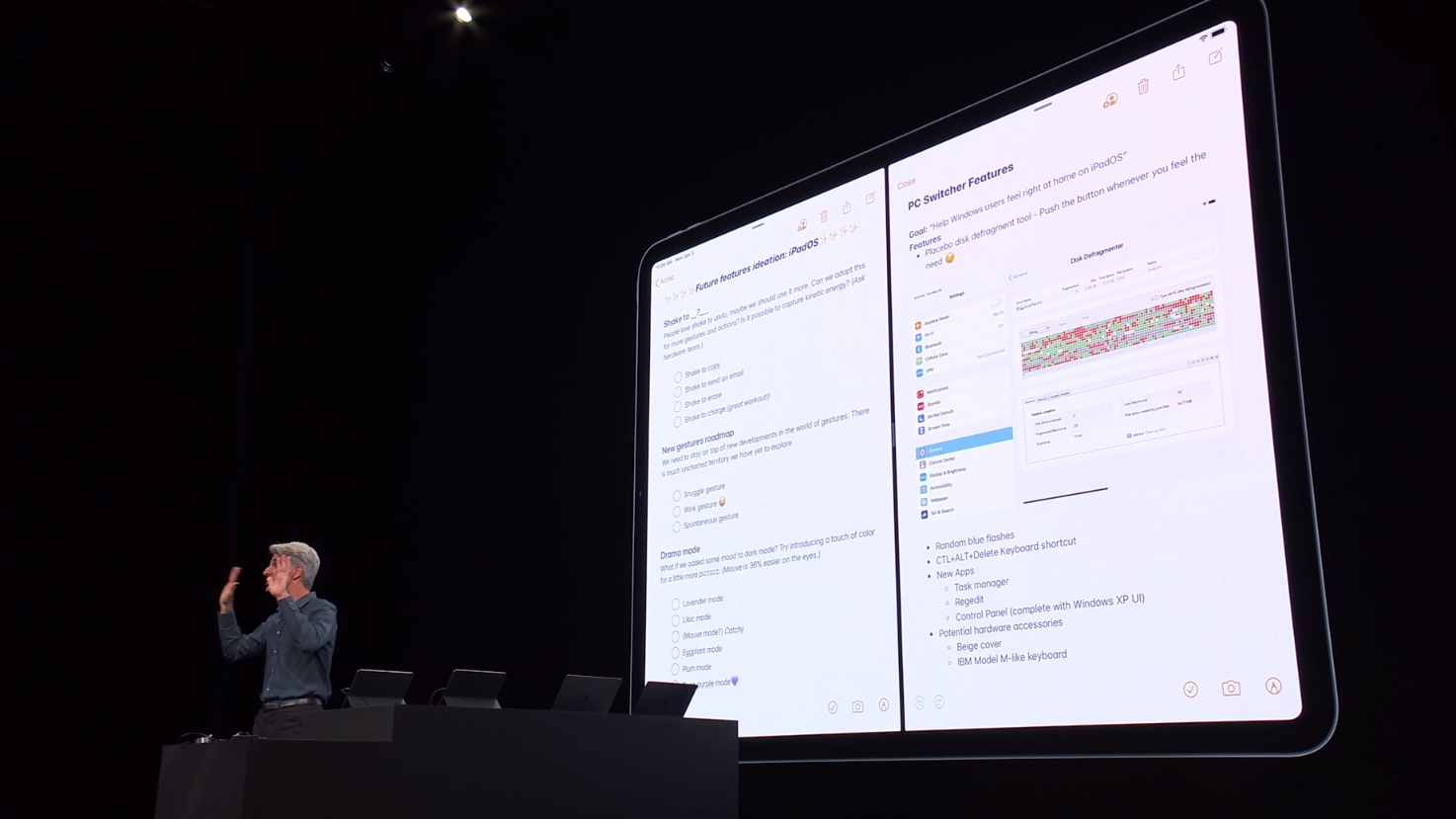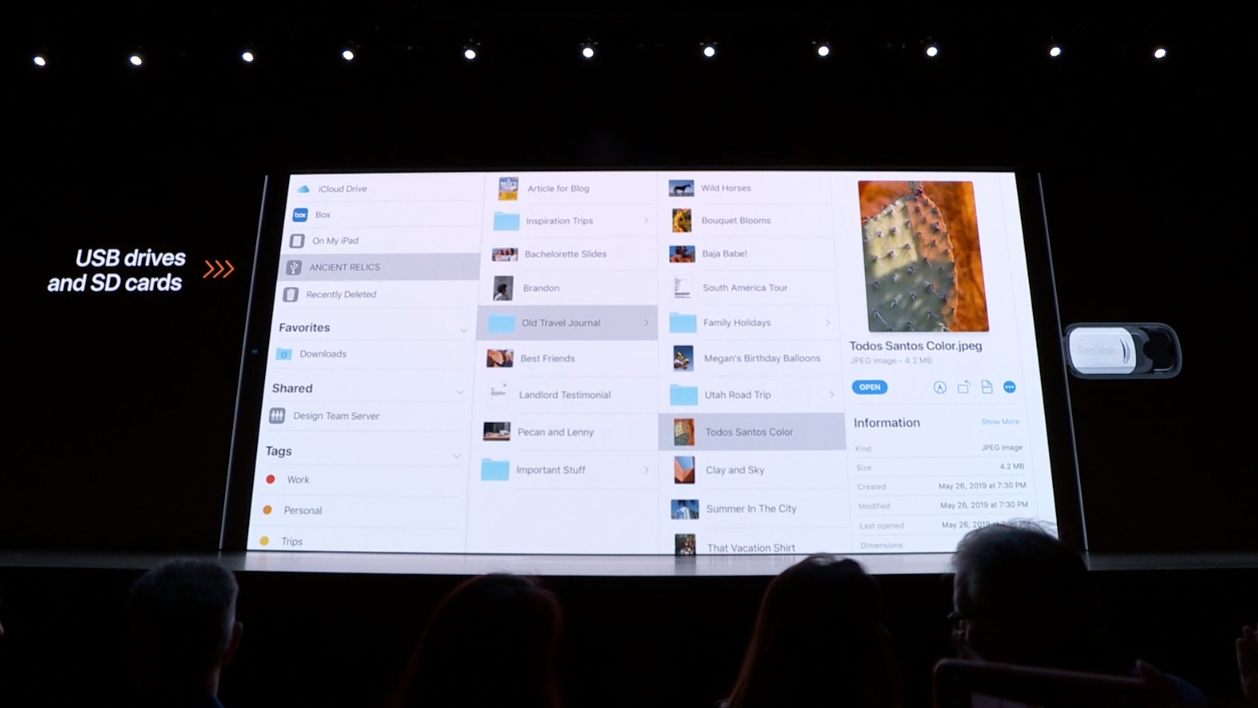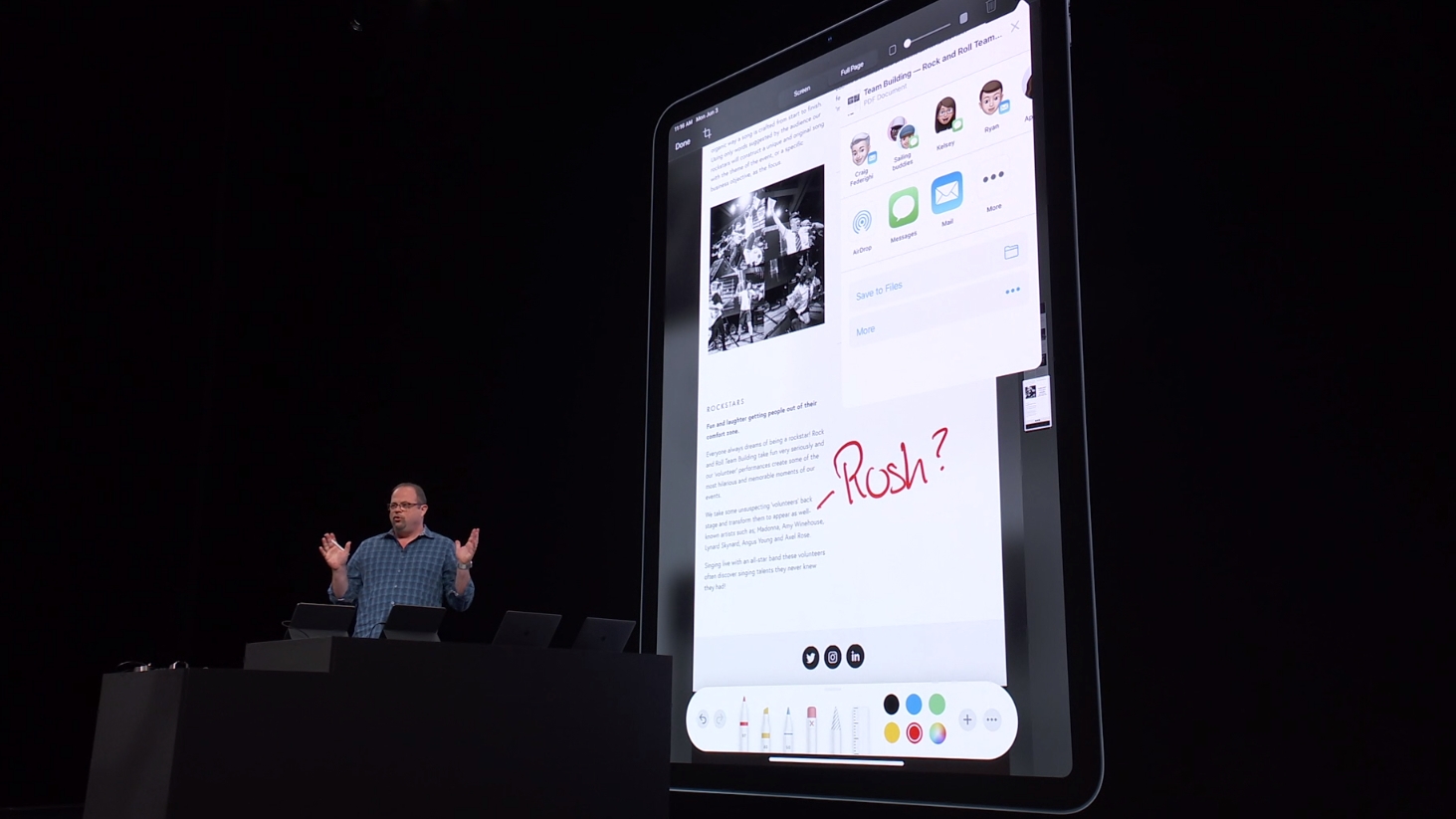A hoverboard is the ultimate method of travel for short distances and definitely provides the most fun. Whether you're curiously browsing to see if a hoverboard is right for you or you're just trying to find the right one, you've come to the perfect place.
While hoverboards were in danger of becoming extinct a few years ago over safety concerns and fire risks, those concerns should now be eliminated. As long as you know what safety certification to look for on the packaging you shouldn’t need to worry.
You need to look for a hoverboard that is UL 2272 certified. This certification applies to all personal mobility devices, not just hoverboards, and went into effect in late 2016. You can look for a UL Mark on the hoverboard packaging and a UL holographic certification label on the actual product itself.
All the hoverboards here are UL 2272 certified and all reputable hoverboards sold at major retailers should now be too. The biggest question is: which hoverboard should you get?
Picking a hoverboard is all about knowing what you'll be using it for and how much you're willing to spend on the transit device. If you have a specific use for it in mind, like getting around a college campus, or around the neighborhood, then you can make the proper selection around the features you'll need. We’ve broken these into several common categories below.
The other determining factor will be price. Once you know what the hoverboard will be primarily be used for, it will be much easier to select a hoverboard in your price range that can get the job done. While price does vary significantly depending on the board you choose, there should be a decent option that will suit most peoples' needs in different price ranges.
With Black Friday 2019 and Cyber Monday around the corner at the time of writing, you also might be able to get a discount on one of these boards.
These are products that we haven't had in our test labs, but based on our experts' opinion and knowledge of the most reputable brands around, we think these are worth looking at.
Our selections takes into account online reviews, brand reputation, product capability or unique features, to help you pick through the maze of choices available to you.
- Check out all the best Black Friday 2019 deals
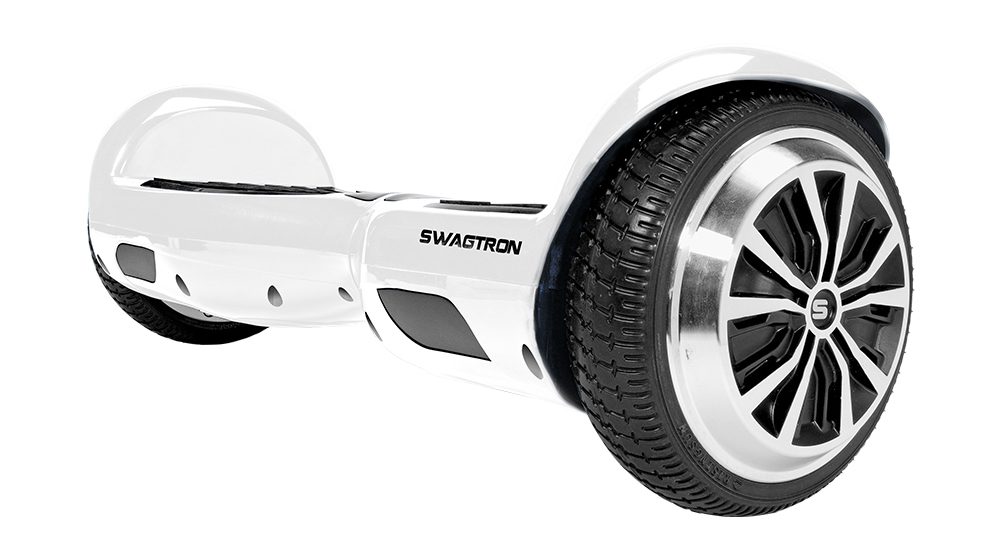
The Swagtron T1 is the stereotypical hoverboard and probably a universal recommendation for most people. The T1 is well reviewed across different sites and balances price and features to make it an easy choice when picking a hoverboard.
The T1 comes in a variety of colors, and as long as you'll be sticking to sidewalks or other smooth surfaces the Swagtron T1 should make it around with ease.
You'll be able to cruise around at a speed of up to 8mph and get about 11 miles of range on a single charge. The nicest ability is likely the 30-degree climb capability, so steep inclines won't slow you down.
It doesn't have an app or Bluetooth connection, but a solid ride with good range at a reasonable price still makes this a compelling choice.
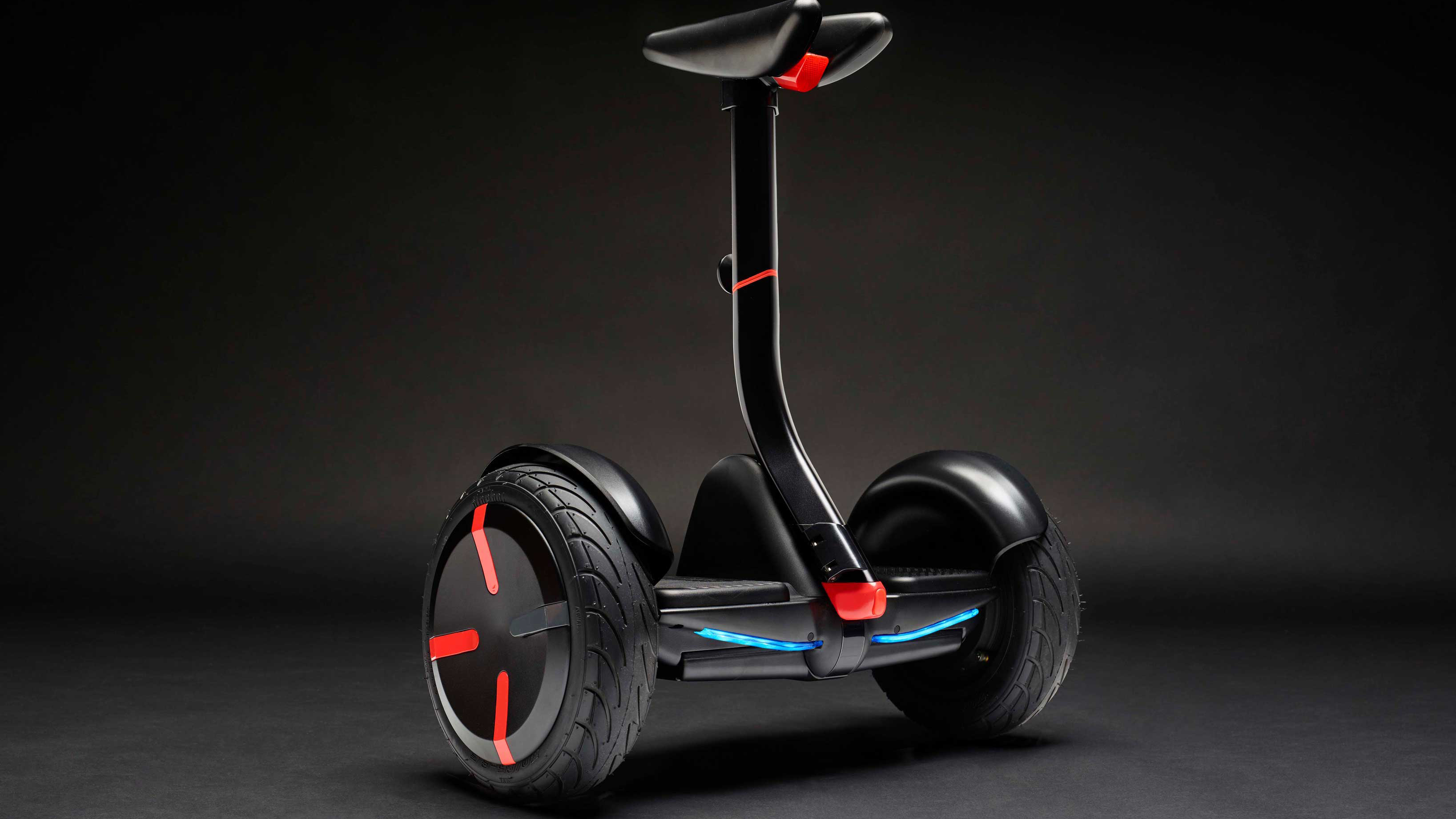
Segway is finally living out its dream of being a mainstream people mover with its miniPRO, the hoverboard version of its iconic mall-cop ride.
The Segway miniPRO has come down in price since its original debut but still costs more than the T1 above. That extra money gets you bigger (10.5-inch) air-filled tires which help it handle a greater variety of roads and obstacles.
It has a 10mph top speed and 12.5-mile range with a 15-degree climbing angle - one of its very few negatives. The ride quality is quite nice and steering with your legs/knees is more convenient overall, after a tiny learning curve.
Besides the beefier and slightly larger unit compared to other hoverboards, the connected app experience is a big reason to consider the Segway miniPRO. With the mobile app you're able to adjust light colors, change safety features, check vehicle diagnostics, and remotely control the miniPRO to move on its own.
You're also able to protect the miniPRO with an alarm that alerts your phone if someone tries to move the board. All in all, the Segway miniPRO is a terrific hoverboard for its price.

Sometimes you don't want to stick to sidewalks with your hoverboard. The Swagtron T6 Off-Road can take you off the beaten path. But, even if you don't need an off-road option you may still want to consider the T6, as it's a sturdy board that supports more than the typical 220-pound capacity most other hoverboards offer.
In fact, Swagtron advertises the T6 as the only hoverboard in the world with a weight capacity of 420 pounds.
Despite the heavy-duty capability, the board will still reach a speedy 12mph and can travel 7-12 miles on a single charge.
The T6 Off-Road also has an app, and connects via Bluetooth to play music directly from your phone to the speakers on the board.
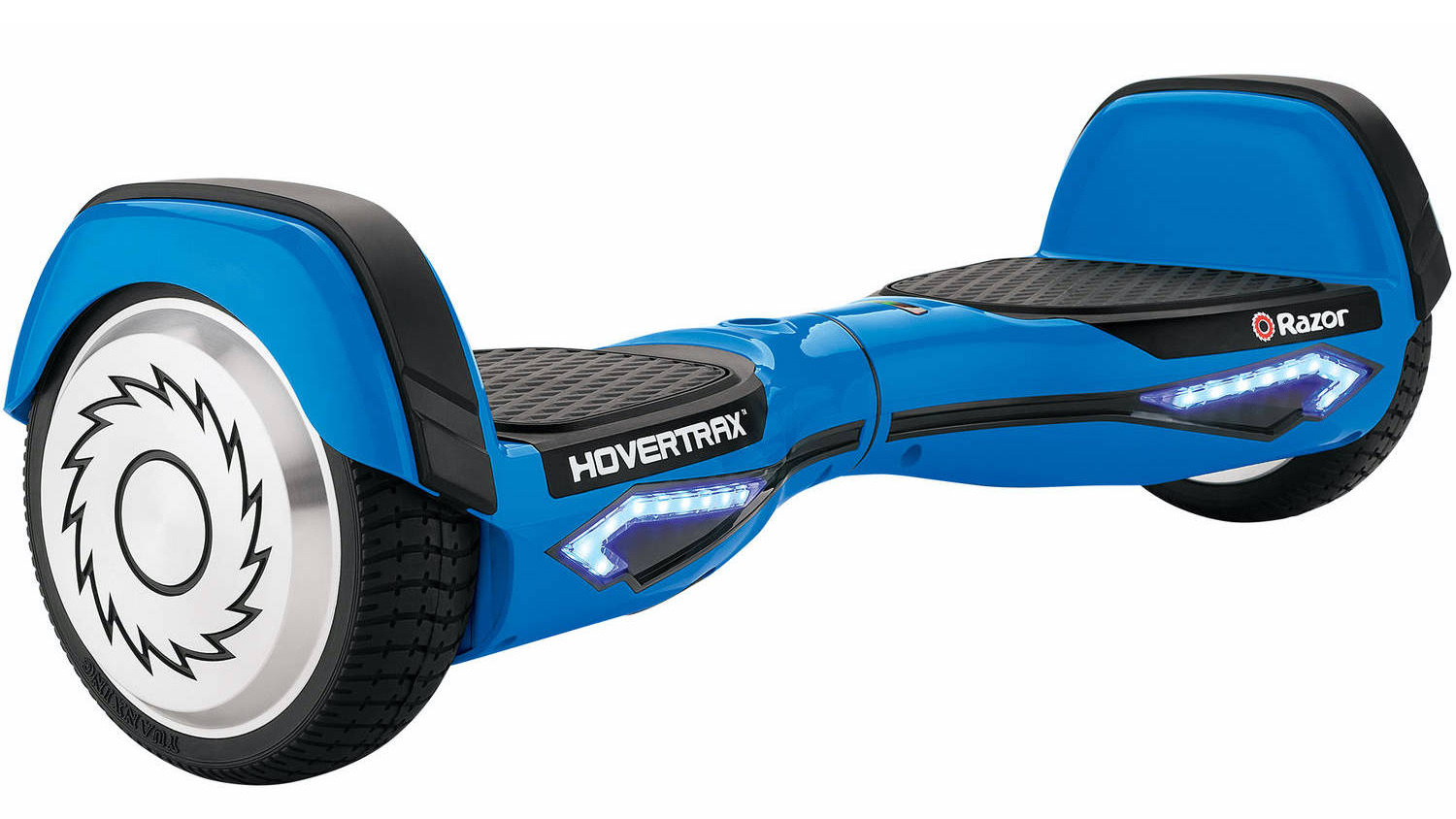
Known for its scooters, Razor has gained a reputation for producing quality personal transportation vehicles at affordable prices. The Razor Hovertrax 2.0 is no different and can routinely be found for far less than the other options in this list. In fact, the Hovertrax gets pretty close to impulse-buy territory without sacrificing a reputable brand name people trust.
Reaching a 9mph top speed, the board can be ridden for 60 minutes of continuous use. It features decent specs overall, but contains some niceties that aren't found on other models that make it stand out, even on the low end.
For example, the Hovertrax features a removable battery (LG brand) so that you could purchase additional ones and swap out a fresh one while another one is charging. It also has LED lights and a battery readout to display the board's charge.
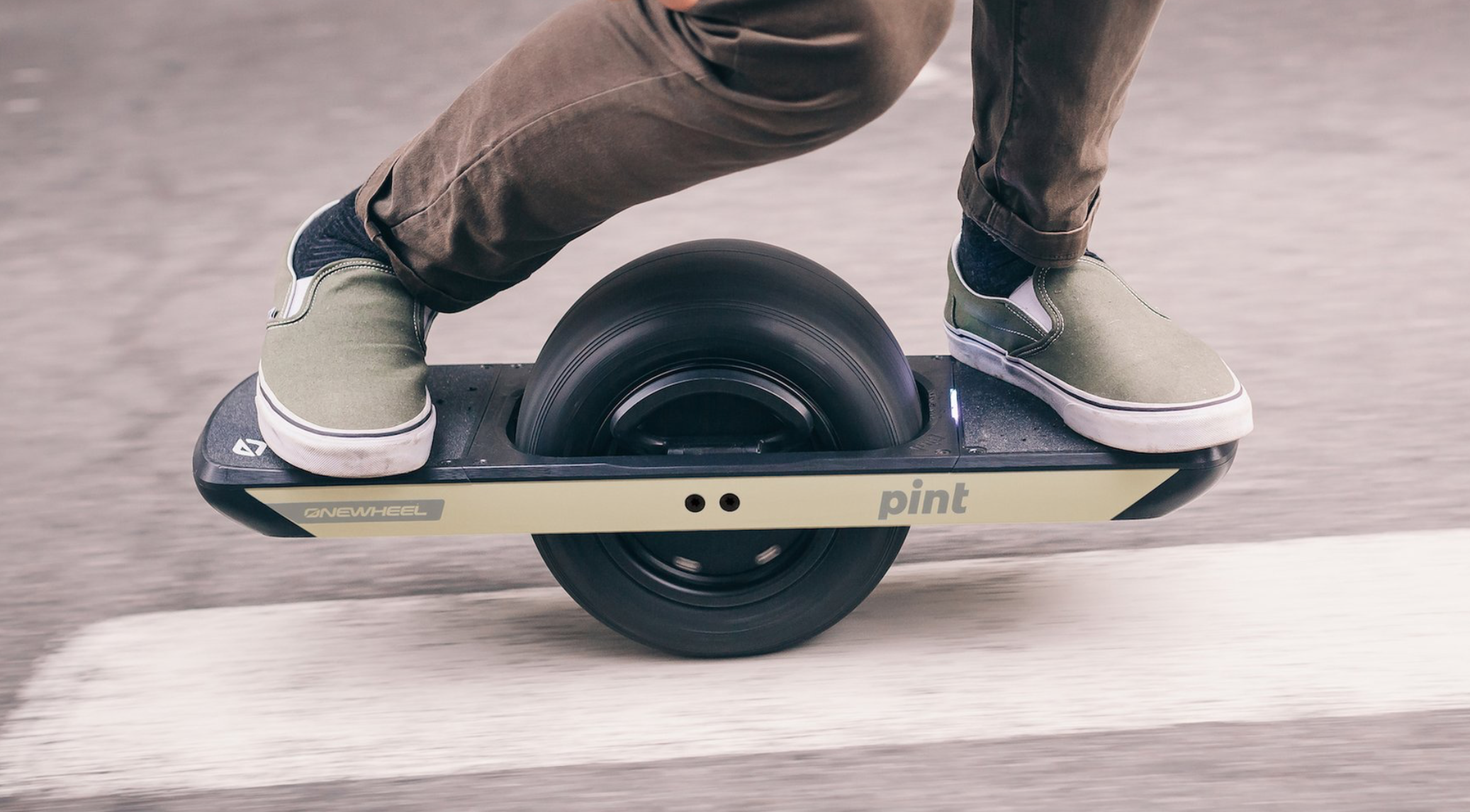
If you're one for taking things to the extreme and want to use a hoverboard for some serious sport, you should consider the Onewheel. Named after its single wheel, the Onewheel essentially works the same way as a more traditional hoverboard, by having you lean forward and back to travel in that direction.
The Pint model has a 6-8 mile range and will go 16mph. Onewheel started as a way to add the feeling of extreme sports to your transportation, carving in a way a typical skateboard or hoverboard couldn't.
Beyond the amazing ride experience, the board features fast starting and stopping, LED lights, and a complete recharge in 50-120 minutes depending on the charger being used. There's also a Onewheel+ version that ups the specs even further for professionals.
If the Onewheel Pint looks fun to your eyes, you're in for a treat. If it looks a little intimidating, you'll be better with one of the more traditional options. This board is really for the hoverboard extremist looking to take the experience to the next level.

If you're looking for a general purpose board that is well suited to venturing away from the sidewalk, the Epikgo All-Terrain is a great option. It features enhancements for handling all terrain types, to help you avoid ever getting stuck on an unplanned path.
The Epikgo features 8.5-inch solid tires to keep from puncturing at the worst time. The tires should allow grip and movement across mud, sand, ice, and grass. It also features a large footprint for better balance on the different terrains.
Similar to other boards, it can travel around 10 miles on a single charge, but achieves a better than average climb angle of 18 degrees.
Those looking for a hoverboard that can take some weather conditions beyond sunny, and paths that aren't the smoothest, should consider the Epikgo All-Terrain. The added IP56 water resistance and aluminum alloy frame should stand up to most environments and situations just fine.
- On a tight budget? Check out the best cheap hoverboard deals



